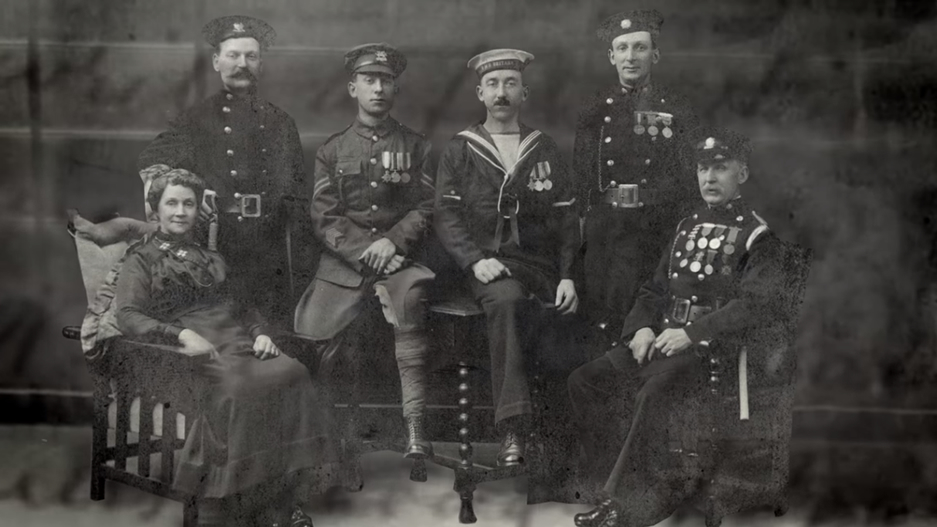Remembrance Day 2018 – 100 years after Armistice
Remembrance Day is an important event in The Royal Mint’s calendar when we pay our own silent tribute to the brave men and women who lost their lives in conflicts around the world. Here you can find out more about remembrance traditions, the symbolism of the poppy and this year’s coin design.
Remembrance Day (also known informally as Poppy Day owing to the tradition of the remembrance poppy)
Remembrance Day is a memorial day observed in Commonwealth member states.
This day marks the end of the First World War to remember the members of their armed forces who have died in the line of duty.
This day is now also marked by war remembrances in many non-Commonwealth countries.
Remembrance Day is observed on 11 November in most countries to recall the end of hostilities of World War I on that date in 1918.
Hostilities formally ended “at the 11th hour of the 11th day of the 11th month”.
This was also in accordance with the armistice signed by representatives of Germany and the Entente between 5:12 and 5:20 that morning.
(“At the 11th hour” refers to the passing of the 11th hour, or 11:00 am.)
The First World War officially ended with the signing of the Treaty of Versailles on 28 June 1919.
The tradition of Remembrance Day evolved out of Armistice Day.
The initial Armistice Day was observed at Buckingham Palace. It commenced with King George V hosting a “Banquet”.
This was in Honour of the President of the French Republic” who visited that evening of 10 November 1919.
The first official Armistice Day was subsequently held on the grounds of Buckingham Palace the following morning.
During World War II, many countries changed the name of the holiday.
Member states of the Commonwealth of Nations adopted Remembrance Day, while the US chose Veterans Day.



